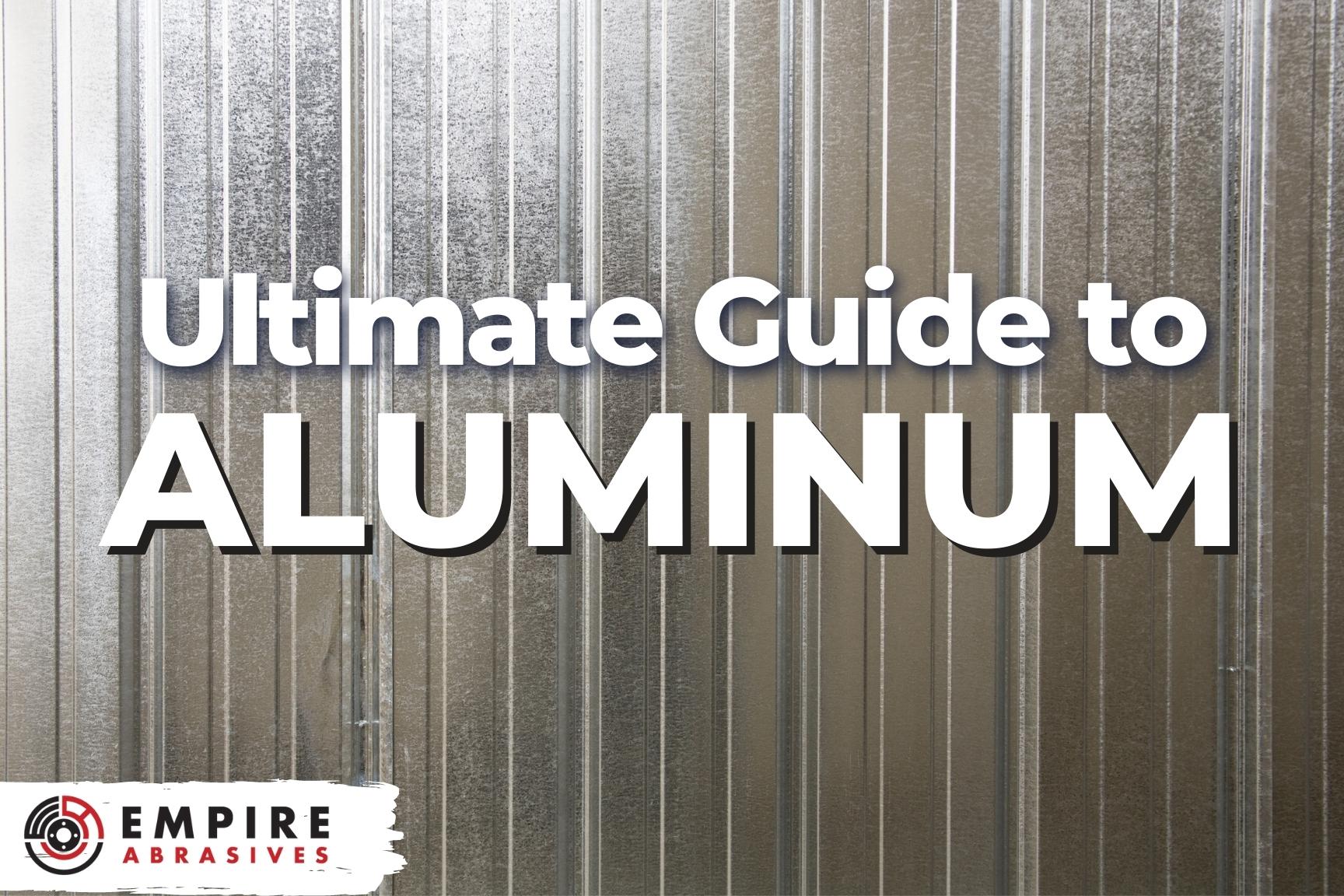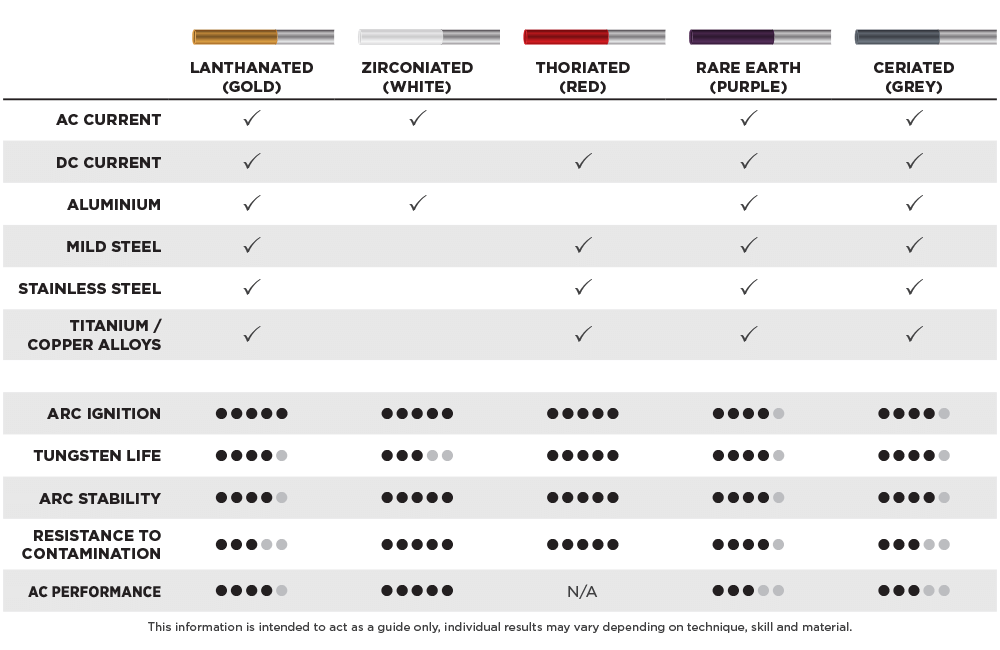For gas welding aluminum, a common filler rod choice is the 4043 aluminum alloy. Its silicon content makes it fluid and thus ideal for welding.
Gas welding aluminum requires a meticulous approach, and the filler rod you choose plays a crucial role in the outcome. While 4043 aluminum alloy is popular due to its ease of use and smooth flow, professional welders often consider other options like 5356 alloy for improved strength and corrosion resistance, especially for marine applications.
The choice of a filler rod not only affects the quality of the weld but also determines the mechanical properties of the welded joint. Before making a selection, you should consider factors such as the base metal composition, the desired finish, joint design, and the welding environment. A well-matched filler rod will ensure a strong, durable weld, while reducing the risk of cracking or weld failure. Always consult a welding reference chart or an experienced professional when in doubt to make an informed decision for your specific aluminum welding project.

Credit: www.sciencedirect.com
The Importance Of Filler Rod In Gas Welding Aluminum
Gas welding aluminum is a craft requiring precision and skill. One key element in this process is the filler rod. The filler rod’s role is crucial, as it helps fuse aluminum parts together. Using the right filler rod ensures strength and durability in welding joints. But why exactly is the filler rod so significant?
Understanding The Role Of Filler Rods
The filler rod acts as the adhesive that binds metal pieces during gas welding. It melts and fills the gap between the workpieces. This creates a solid bond upon cooling. Here are some key points to keep in mind:
- Fills gaps and joins metals
- Provides strength to the weld area
- Matches melting points with the base metals
Challenges In Selecting The Right Filler Rod
Selecting the perfect filler rod for aluminum calls for careful thought. A mismatch can weaken the weld or cause it to crack. Take note of these common challenges:
- Finding a rod that complements the aluminum alloy
- Matching thermal properties for a smooth weld
- Ensuring the rod’s chemical composition promotes durability
Types Of Filler Rods
Choosing the right filler rod for gas welding aluminum is vital. Not all rods work the same. Here’s a guide to the best types.
1xxx Series Filler Rods
1XXX series rods are pure aluminum. They’re for high electrical conductivity. Blend with similar aluminum alloys.
4xxx Series Filler Rods
Great for versatility, the 4XXX series offers strong welds. It works with several aluminum types.
5xxx Series Filler Rods
The 5XXX series rods excel in marine repair. They resist corrosion well. Match with similar alloy structures.
6xxx Series Filler Rods
6XXX series filler rods suit structural welding. They blend well with common structural aluminum alloys.
7xxx Series Filler Rods
For tough jobs, 7XXX series rods are ideal. They’re for high-strength applications. Confirm alloy compatibility.
Factors To Consider When Choosing Filler Rods
Selecting the correct filler rod for gas welding aluminum is crucial. It impacts the strength, quality, and durability of the weld. Key factors determine which rod best suits a specific welding scenario. These include alloy compatibility, base metal thickness, and the welding position. The chosen welding process also plays a significant role. Let’s delve into these considerations. Remember to always choose wisely for a successful weld.
Alloy Compatibility
Different aluminum alloys have unique properties. These properties affect how they interact with filler materials. A matching filler rod should complement the alloy elements of the base aluminum. Use a compatibility chart as a quick reference guide. This guide ensures that the selected filler rod promotes a strong, defect-free weld.
Base Metal Thickness
The thickness of the metal defines the required filler rod diameter. Thinner metals need smaller rods to prevent overheating and warping. In contrast, thicker pieces demand larger rods for adequate filler material. An appropriate rod size ensures a stable, well-penetrated joint.
Welding Position
Welding positions influence the choice of filler rod. Vertical or overhead positions may require rods with a faster melting point. This control prevents the molten pool from becoming unmanageable. Always match the rod to the welding position for a smoother welding experience.
Welding Process
The specific gas welding technique used should guide the filler rod selection. Techniques like TIG and MIG welding have distinct rod requirements. TIG, for instance, usually demands a filler with a higher melting point. A proper match ensures optimal fusion between the filler and base metals.

Credit: www.empireabrasives.com
Best Practices For Using Filler Rods
When you’re gas welding aluminum, choosing and using the right filler rod is critical. This will make sure your weld is strong. We’ll talk about tips to help you use filler rods right.
Preheating The Base Metal
Begin with a good preheat. Aluminum conducts heat quickly. So, preheating can help. It will make sure the weld area is evenly hot. This helps the filler rod melt well. Here’s what to do:
- Keep the base metal clean before heating.
- Use a gentle flame to evenly heat the aluminum.
- Check metal temperature with a temp-stick or thermometer.
Proper Storage Of Filler Rods
Storing filler rods correctly is key to strong welds. Moisture can hurt the rod’s quality. Here’s how to store them well:
- Keep rods in a dry, sealed container.
- Avoid laying them on the floor where they might pick up dirt.
- Use desiccants if you’re in a humid area.
Selecting The Correct Diameter
Size matters for filler rods. A rod that’s too thin or too thick can cause problems. Here’s what to remember:
- Match the rod size with the metal thickness.
- For thinner metals, use thinner rods to prevent burn-through.
- For thicker sections, thicker rods are better for filling.
Remember these tips and your aluminum gas welding will be top-notch!
Common Mistakes When Selecting Filler Rods
Selecting the right filler rod for gas welding aluminium is crucial for a strong, effective weld. But often, even experienced welders fall into traps that lead to less-than-ideal results. Let’s review common errors made during this selection process and how to avoid them.
Using The Wrong Alloy
One key error is picking a mismatched alloy. Filler rods come in various alloy compositions, each designed for specific aluminium types and welding outcomes. Selecting an incompatible alloy can result in weak welds, corrosion issues, or cracking.
- 4043 – Great for general welding but avoid if the project requires anodizing.
- 5356 – Stronger and more versatile, suited for marine applications.
Ignoring Base Metal Condition
The base metal’s condition plays a significant role in filler rod choice. Dirty or oxidized aluminium will not weld well. Using a rod that’s too thick or too thin for the base metal can cause problems too.
| Base Metal Thickness | Suggested Filler Rod Diameter |
|---|---|
| Up to 1/8 inch | 1/16 inch |
| 1/8 to 1/4 inch | 3/32 inch |
| 1/4 inch and above | 1/8 inch |
Preparing the metal properly and matching the rod to the project ensures a strong, clean weld.
- Clean the aluminium thoroughly, removing all contaminants
- Match rod thickness with base metal thickness

Credit: unimig.com.au
Frequently Asked Questions Of Which Filler Rod To Be Used For Gas Welding Aluminium
What Is The Best Filler Rod For Aluminum Gas Welding?
The most recommended filler rod for aluminum gas welding is 4043 alloy. It flows smoothly and offers good ductility.
Can You Use Any Rod For Welding Aluminum?
No, not all rods are suitable for welding aluminum. Selecting an aluminum-specific filler rod, such as 5356 or 4043, is crucial for strong welds.
How To Choose Aluminum Welding Rod Type?
Choose based on material compatibility and desired weld characteristics. For example, 5356 is stronger, but 4043 offers better flow and is less crack-sensitive.
Does Rod Diameter Affect Aluminum Gas Welding?
Yes, rod diameter impacts heat control and weld precision. Smaller diameters are typically better for thinner materials and detailed work.
Conclusion
Selecting the right filler rod for gas welding aluminum is crucial for a strong, durable weld. Summarizing the key points, remember to consider material compatibility, weld strength requirements, and project-specific factors. Your perfect choice balances these elements for optimum results.
Seek expert advice if you’re unsure, but always prioritize quality for welding success.
